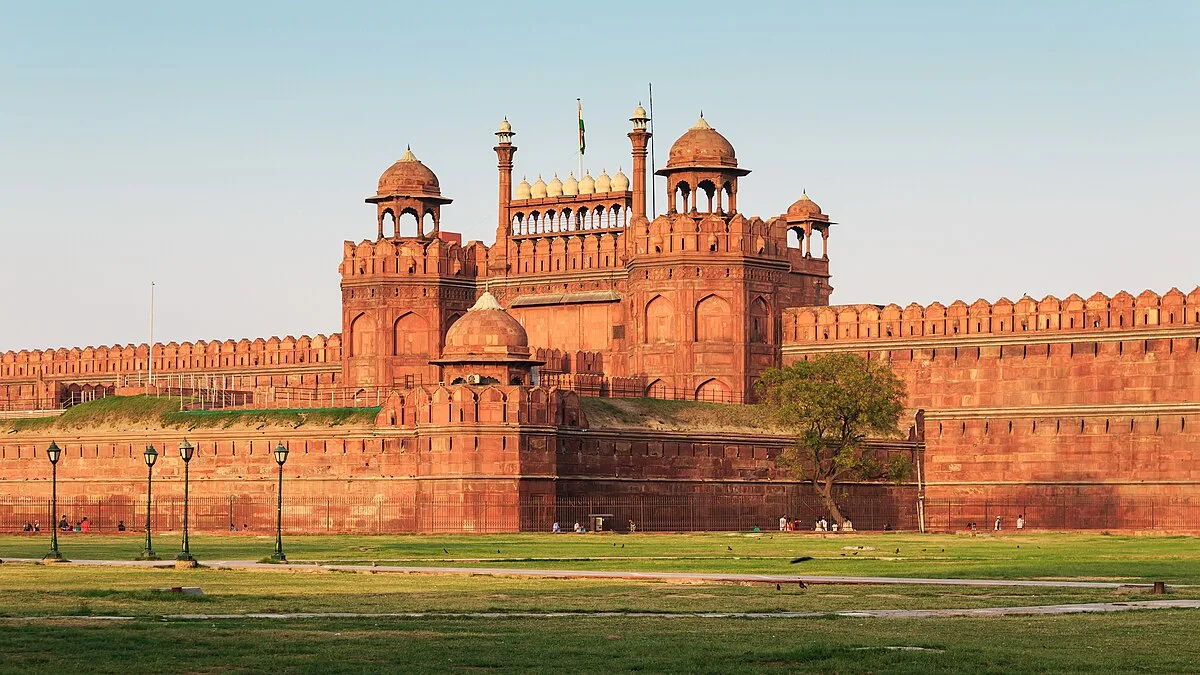Table of Content
- What Are Circle Rates and Why Do They Matter?
- Why Experts Are Proposing an ‘A+’ Category
- Proposed Delhi Circle Rate Revision: Current vs New Structure
- How Farmhouses Fit Into the Discussion
- Expert Opinions on the Delhi Circle Rate Review
- Where Market and Circle Rates Diverge
- Impact on Buyers, Sellers, and the Market
- Conclusion
The Delhi circle rate system, which determines the government’s minimum property valuation for registration and taxation, is undergoing a major review. For the first time since 2015, the Delhi government is considering revising circle rates to better align them with market realities.
One of the most debated ideas in this review is the creation of an ‘A+’ category, a new slab that would cover Delhi’s ultra-premium neighborhoods and high-value farmhouse zones. This move, experts believe, could bring more transparency and boost revenue for the state while reducing the mismatch between market and official valuations.
What Are Circle Rates and Why Do They Matter?
The Delhi circle rate is the minimum value at which a property can be registered. It helps the government collect stamp duty and registration charges, and also prevents the underreporting of transaction values.
Currently, Delhi’s properties are classified from Category A to H, based on locality value. However, since the last revision in 2015, market prices in several zones have far outpaced these notified rates. As a result, the gap between actual sale prices and circle rates has widened significantly.
Also Read: New Circle Rates in Ghaziabad 2025: Complete Guide
Why Experts Are Proposing an ‘A+’ Category
Premium areas such as Golf Links, Amrita Shergill Marg, and Prithviraj Road command some of the highest property values in India, often exceeding ₹12–15 lakh per sq. m. Yet, the current Category A circle rate stands at ₹7.74 lakh per sq. m.
To fix this disparity, experts recommend introducing a new ‘A+’ category pegged around ₹10 lakh per sq. m. This would capture ultra-prime zones and help rationalize revenue from high-value transactions.
Proposed Delhi Circle Rate Revision: Current vs New Structure
The latest recommendations include upward adjustments across most categories with some peripheral zones seeing more than 2X increases to reflect market dynamics. Here’s a comparative look at the current vs the proposed Delhi circle rate structure:
|
Category |
Current Notified Rate (₹/sq. m.) |
Proposed Rate (₹/sq. m.) |
Remarks |
|
A+ |
— |
1,000,000 |
New category for ultra-prime localities recommended |
|
A |
774,000 |
750,000 |
Minor stabilising adjustment |
|
B |
246,000 |
500,000 |
Significant increase to close gap with prevailing market prices |
|
C |
160,000 |
300,000 |
Substantial increase (almost double) from existing rate |
|
D |
128,000 |
200,000 |
Upward increase to close gap with prevailing prices |
|
E |
70,080 |
150,000 |
More than 2× revision proposed |
|
F |
56,640 |
100,000 |
Strong uplift to reflect peripheral premium |
|
G |
46,200 |
75,000 |
Moderate increase proposed |
|
H |
23,280 |
50,000 |
More than double for several peripheral areas |
How Farmhouses Fit Into the Discussion
Currently, most farmhouse properties are classified under agricultural land, valued at around ₹50,000–₹75,000 per sq. m. Experts suggest reclassifying high-end clusters such as Westend Greens, Rajokri, and Pushpanjali Farms into premium subcategories.
Such a move could bring farmhouses into the formal valuation system and increase stamp duty revenues without distorting the luxury segment.
Expert Opinions on the Delhi Circle Rate Review
Industry analysts, including representatives from Sotheby’s International Realty and Knight Frank, believe that rationalizing circle rates is long overdue. Key suggestions include:
- Implementing biennial circle rate revisions to keep valuations updated.
- Creating a stakeholder committee comprising developers, valuers, and RWAs.
- Publishing rates in a GIS-linked digital format for better public accessibility.
According to experts, a realistic Delhi circle rate structure could lead to better transparency, higher compliance, and improved investor sentiment.
Also Read: Faridabad Circle Rate 2025: Complete Guide to Area-Wise Collector Rates
Where Market and Circle Rates Diverge
In some parts of South Delhi, transactions occur below the circle rate, while ultra-prime localities continue to command prices far above it. For instance:
- Vasant Vihar and Panchsheel Park often see sales below notified values.
- Golf Links and Shanti Niketan, on the other hand, fetch nearly double the current Category A circle rate.
This imbalance highlights the challenge for policymakers: keeping valuations fair without freezing transactions.
Impact on Buyers, Sellers, and the Market
For buyers, a higher Delhi circle rate means increased registration costs but greater transparency in valuations.
For sellers, it can ensure smoother transactions and reduce the incentive for undervaluation.
And for the government, the revised structure could result in better revenue collection and stronger market data accuracy.
Conclusion
Delhi’s real estate market is at a turning point. The introduction of an A+ category and rationalized circle rates could help modernize the city’s valuation framework.
However, regular updates and consultation with stakeholders are equally important to keep the system responsive to market changes. The ultimate goal should be to balance transparency, affordability, and fiscal responsibility creating a fairer and more efficient property ecosystem in the capital.



_1765522271.webp)

_1765444636.webp)

Ans 1. The Delhi circle rate 2025 revision is a proposed update to property valuations, including a new A+ category for ultra-prime and farmhouse areas to align official rates with market prices.
Ans 2. Ultra-prime localities like Golf Links, Shanti Niketan, Amrita Shergill Marg, and Prithviraj Road are likely to be classified under the A+ category.
Ans 3. Buyers will face higher registration and stamp duty costs, but it ensures transparent property valuations and reduces underreporting risks.
Ans 4. Yes, premium farmhouses in clusters such as Westend Greens, Rajokri, and Pushpanjali Farms may be reclassified under higher-value categories, increasing formal valuation and stamp duty revenue.
Ans 5. Since the last revision in 2015, market prices have outpaced official rates, creating discrepancies. The update aims to rationalize property valuations and boost transparency.
Ans 6. Experts suggest a rate of around ₹1,000,000 per sq. m for the A+ category to cover Delhi’s ultra-luxury and high-value zones.
Ans 7. Experts recommend biennial revisions to keep official property rates aligned with market trends and avoid large valuation gaps.
Ans 8. Yes, rationalized circle rates are expected to increase transparency, compliance, and investor confidence, especially in high-end and premium segments.
Ans 9. Circle rates determine the minimum value for stamp duty and registration charges, ensuring fair government revenue collection and preventing undervaluation.
Ans 10. The official implementation date will be announced after government notification and stakeholder consultation, following the 2025 review process.